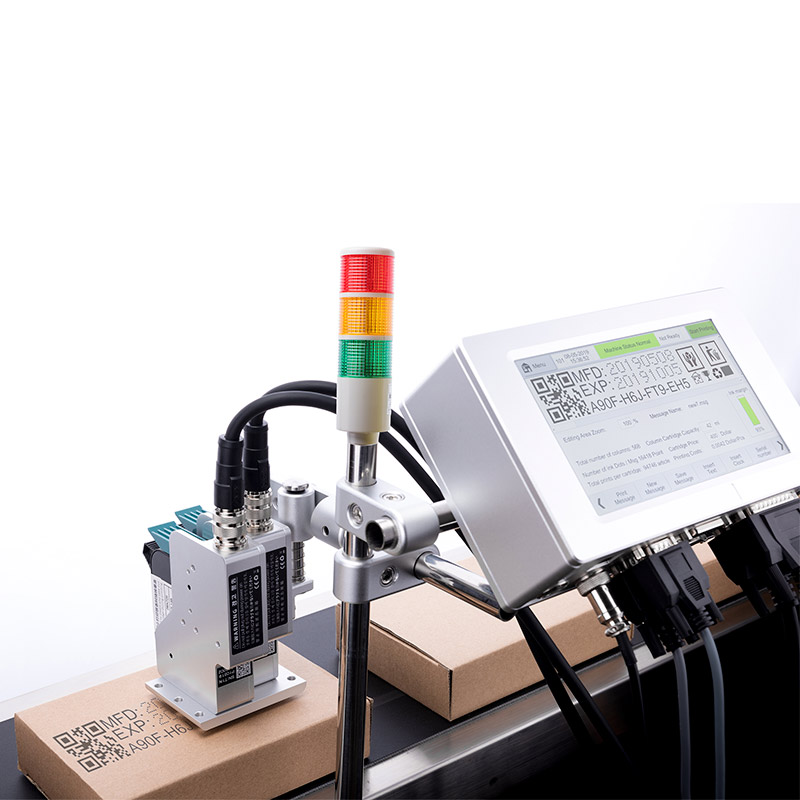The Working Principle of TIJ Printers
Thermal Inkjet Printer
TIJ printers use a system of disposable cartridges for ink delivery.
The ink is delivered by the cartridge to a firing chamber where electronic resistors will heat the ink, expanding it into a bubble. And as the bubble expands, the ink droplet is propelled from the chamber and out of the nozzle.
The Differences Between the CIJ Printers and TIJ Printers
Printing Speed
Although TIJ and CIJ printers are suitable for fast printing needs, the printing speed of CIJ is still higher than that of TIJ.
Maintenance
In contrast, the TIJ printer system is simpler and requires almost no maintenance. If there is a problem, you only need to replace the ink cartridge, which takes a few seconds. Their intuitive operating guide means that anyone can install and start operating them in a matter of minutes.
CIJ printers are complex machines with many moving parts. They need to be cleaned frequently. So you need to be trained to use them, and you need trained technicians to install and maintain them.
Reliability
TIJ printers can be turned on and off in just a few seconds, so users can simply turn them on and off as needed. In comparison, CIJ printers take several minutes to start up, so users often leave them running all day to avoid further downtime.
Environmental Friendly
The power consumption of TIJ printers is 80% lower than that of CIJ. And TIJ printers also use minimal solvents, which helps create a safe workplace. In contrast, CIJ printers consume a lot of solvents. The CIJ printer keeps releasing solvent into the atmosphere during operation.
Docod has the CIJ printers and TIJ printers of high quality for sale, welcome to consult!

评论
发表评论